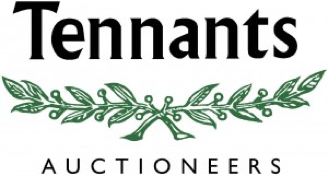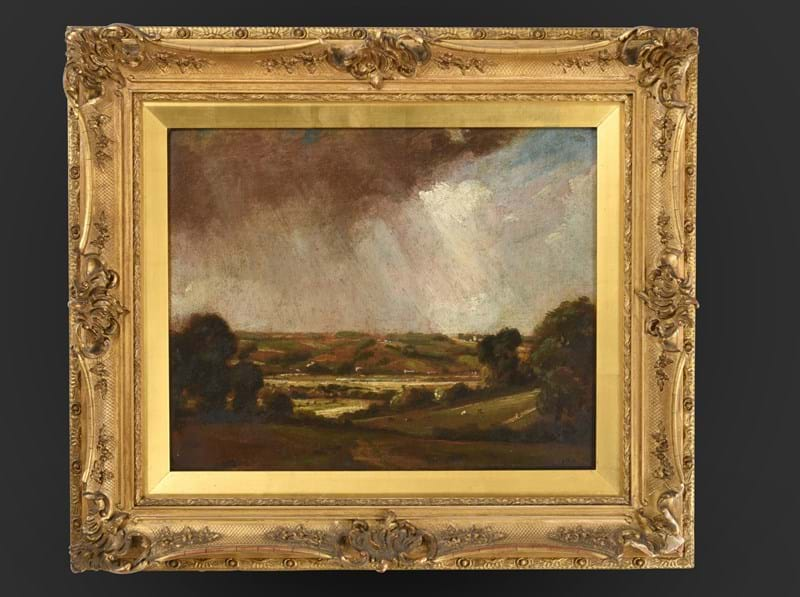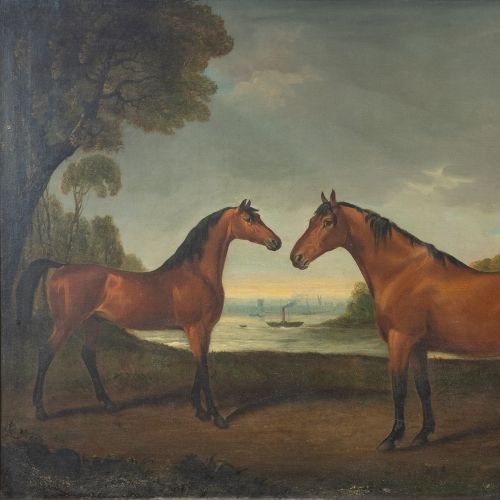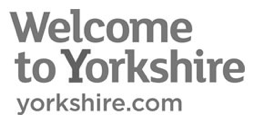Eric Ravilious was a gifted artist and designer, who captured the quintessential ‘Englishness’ of inter-war Britain. In contrast to the image of the tortured artist, Ravilious was excellent company, full of good humour and a man who loved to dance and play tennis. His delight in the world and its homely comforts is reflected in his work, which focusses on the rolling landscape of Southeast England, and everyday subjects such as gardens, beach huts and modes of transport – all elevated with his characteristic humour and charm. Indeed, his work was perfectly summed up in the Architectural Review, ‘His style is crisp and vigorous, jolly and original, never mannered and always close to earth and human life’.
Ravilious was born in 1903 in West London, but grew up in Eastbourne where he attended art college before accepting a scholarship to the Royal College of Art. Here he was taught by the likes of Paul Nash and became part of the Modernist movement, which is reflected in the restrained palette, flat planes, hard lines, and patterns evident in his work. On leaving college, Ravilious’ first commissions were murals and book illustrations, but he would go on to produce highly sought-after watercolours, woodcuts, lithographs and industrial designs for ceramics, furniture and wallpaper. Sadly, however, his life was cut short. Whilst working as a war artist documenting the British Navy, he was sent to Iceland in 1942. Here he went on a search and rescue air mission to observe and document, and the plane he was aboard was lost at sea. He was just 39 years old.
Today, at auction, Ravilious’ watercolours command prices into the high tens of thousands of pounds. Having died at a young age, fewer than 300 watercolours are thought to exist. However, there is a thriving market for his lithographs and ceramic designs, examples of which are much more affordable. Some of the most well-known images produced by Ravilious are a set of lithographs made to illustrate J.M. Richards’ book ‘High Street’. The book describes all the types of shop found on the English high street, from family butchers and cheesemongers to clerical outfitters and submarine engineers, which Ravilious perfectly and so charmingly represents in his illustrations. One of the most collectable artist’s books of the period, only two thousand copies were printed as the lithographic plates were destroyed in the Blitz. Individual prints can occasionally be purchased from books that have been split up, but an intact copy of ‘High Street’ sold recently at Tennants for £1,700 (plus buyer’s premium).
A very rare example of his work is coming up for sale in the 20th Century Design Sale on 5th October – a child’s handkerchief. Ravilious was asked by the British Cotton Board to make some designs for handkerchiefs and scarves, which were to be displayed in travelling exhibitions in the United States featuring work by War Artists. The designs were to be manufactured by a firm in Lancashire which produced textiles printed by lithography, a highly unusual textile printing process, in which Ravilious was increasingly interested. The first experimental textile made was a child’s handkerchief, which was tested by being printed on paper in tonal blues, with working trial patterns in the margins. Ravilious then reworked the design. The final version was simpler and used bright yellows against dark greys and greens, and an example of which is now up for auction. The design combines stylised numbers and images, and between figures eleven and twelve is the inscription ‘To John’, John being the eldest child of the artist and his wife, Tirzah. The handkerchiefs were never commercially produced, and it is thought that there were fewer than five sample handkerchiefs made.


















